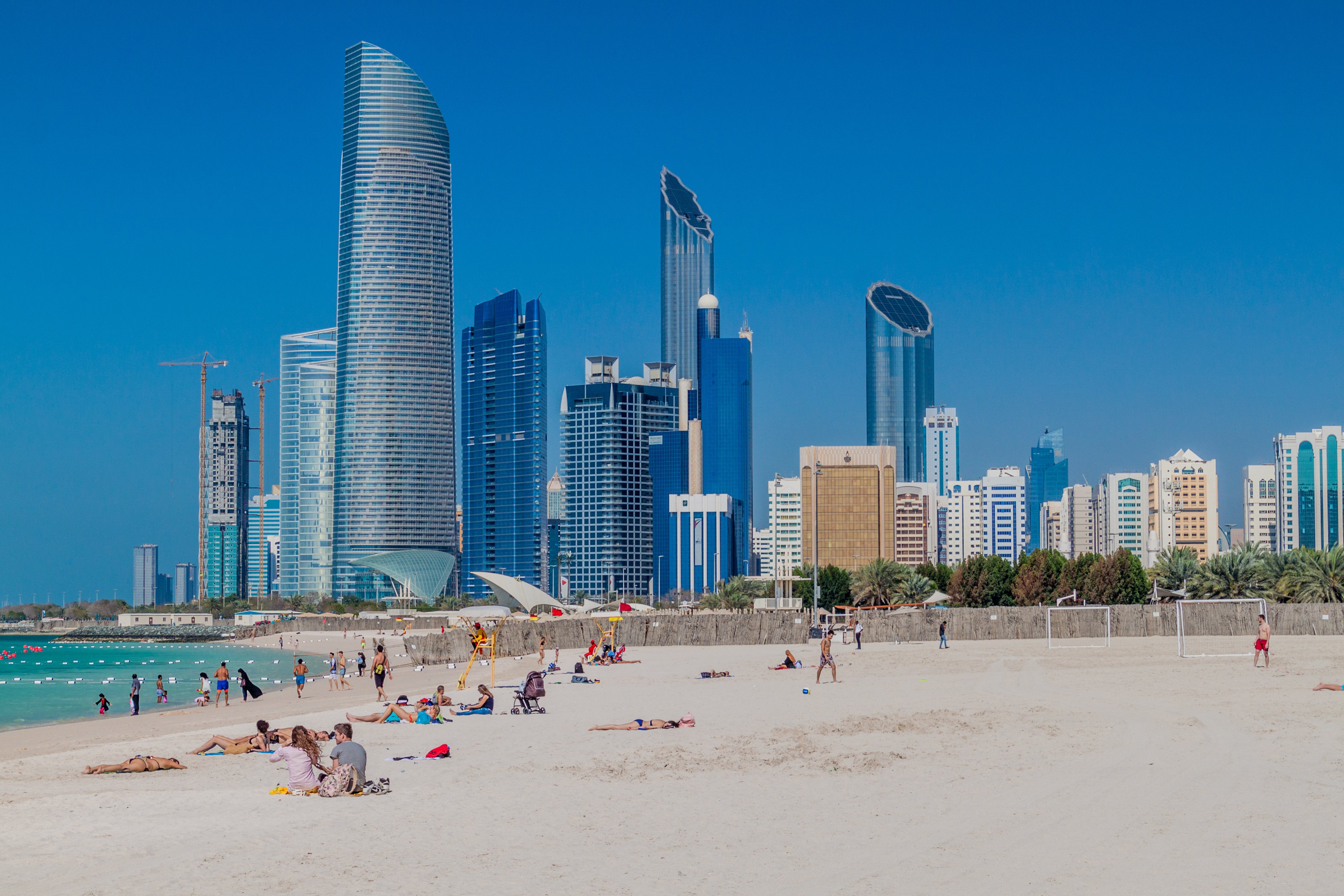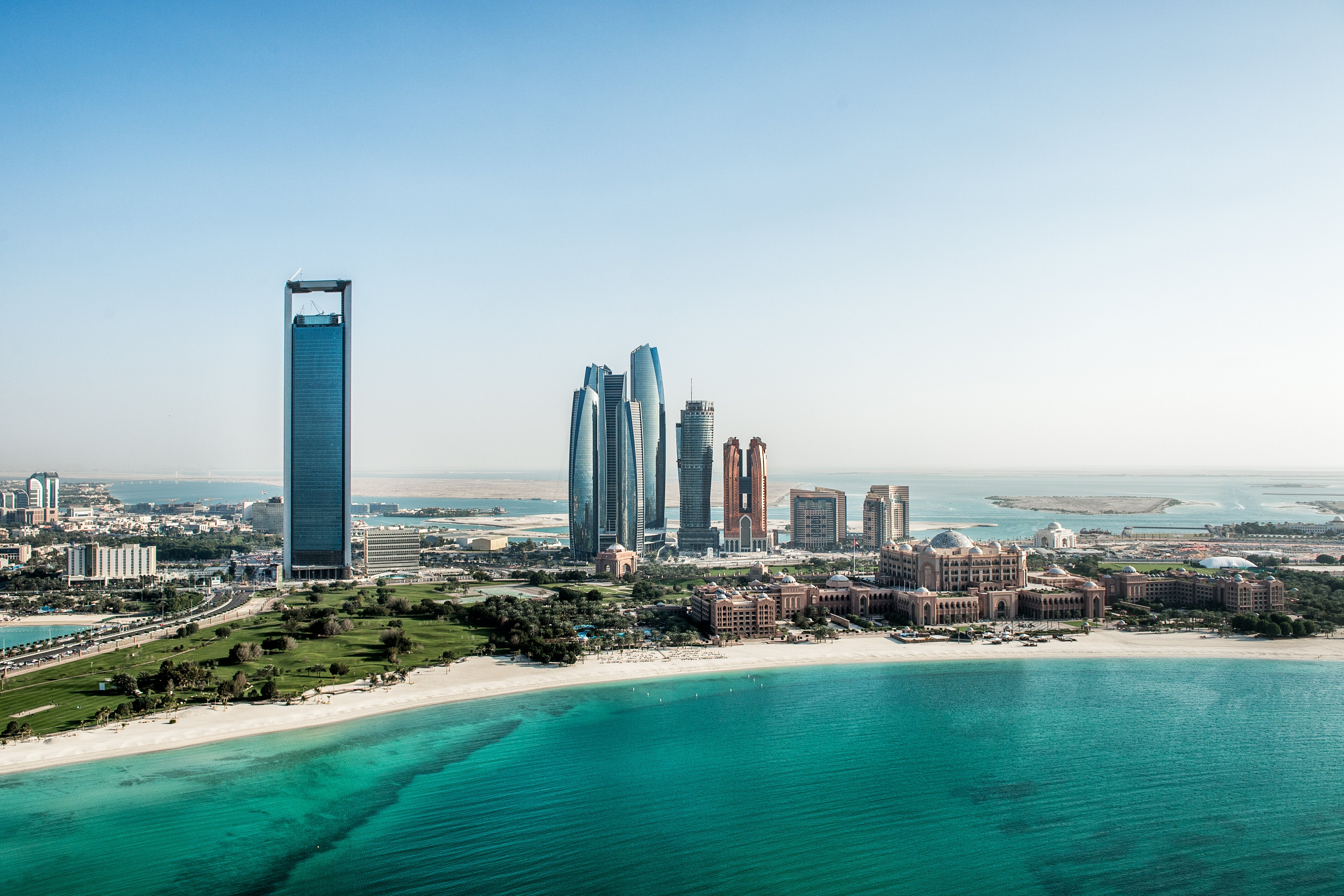
See All
10 things you didn't know about Abu Dhabi
Abu Dhabi, the capital of the UAE, is a destination known for its futuristic city skyline and opulent lifestyle. Yet, there are lesser-known cultural and natural wonders that make this emirate truly unique.
Here are some fascinating facts about Abu Dhabi that offer a glimpse into its rich history, diverse ecology, and architectural ingenuity.
1. Al Ain Oasis’ Ancient Watering System
The Al Ain Oasis, a UNESCO World Heritage Site, is home to a centuries-old falaj irrigation system that has sustained the region’s agriculture for over 3,000 years. This ingenious network of underground tunnels channels water from the mountains to the palm groves, illustrating the emirate’s early advancements in agricultural sustainability and water conservation. Visitors can still walk through the lush greenery today, seeing for themselves this ancient technology that continues to nourish life in the desert.
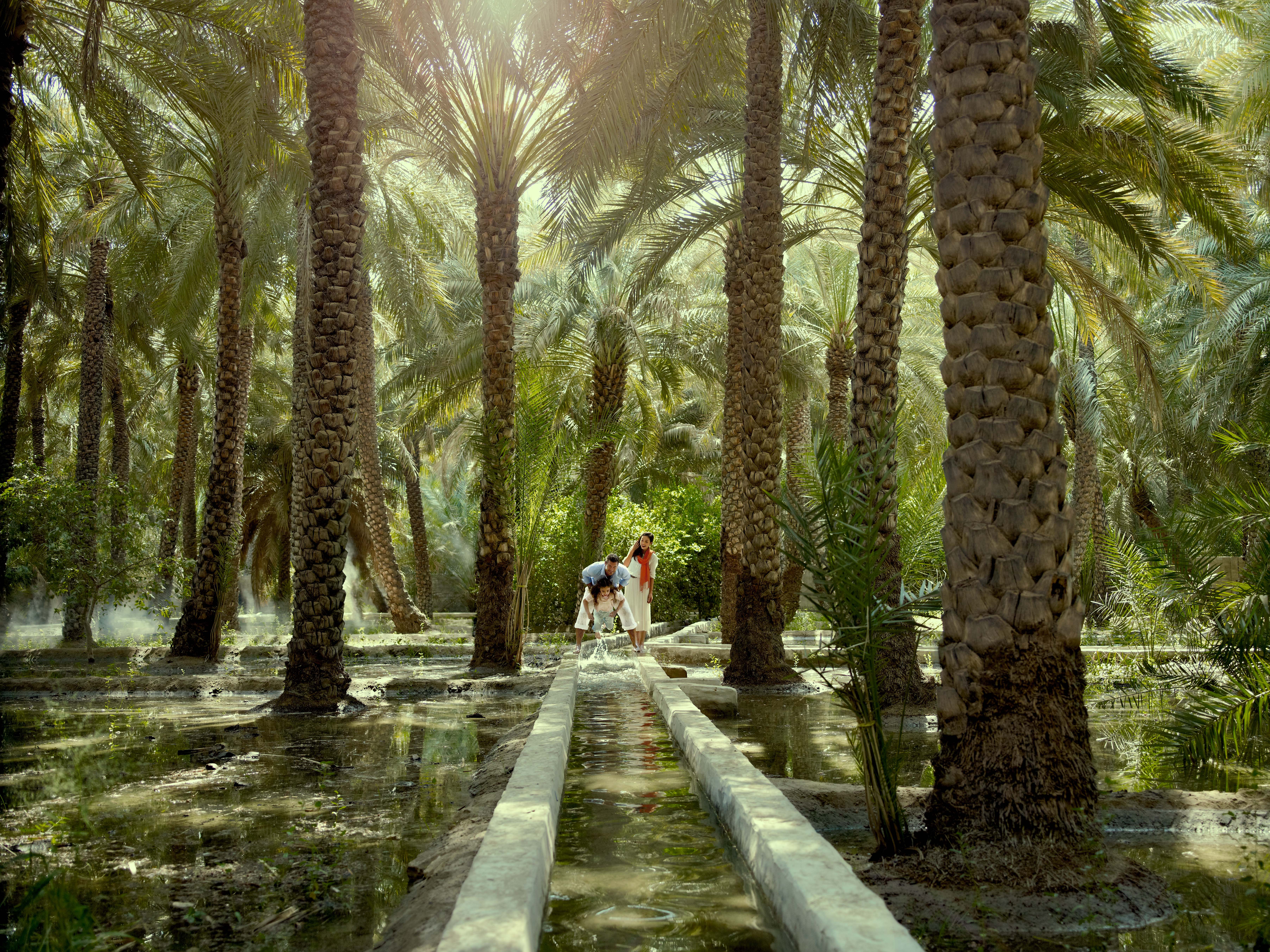
2. Cooling Architecture
Before the age of air conditioning, Abu Dhabi’s traditional architecture incorporated ingenious designs to keep buildings cool. Wind towers (barjeel) were one such feature, channeling breezes down into homes to provide natural ventilation. Thick walls made of coral and stone also helped insulate against the extreme heat. These sustainable architectural techniques are still admired today for their ability to harmonise with the environment and inspire modern eco-friendly designs.
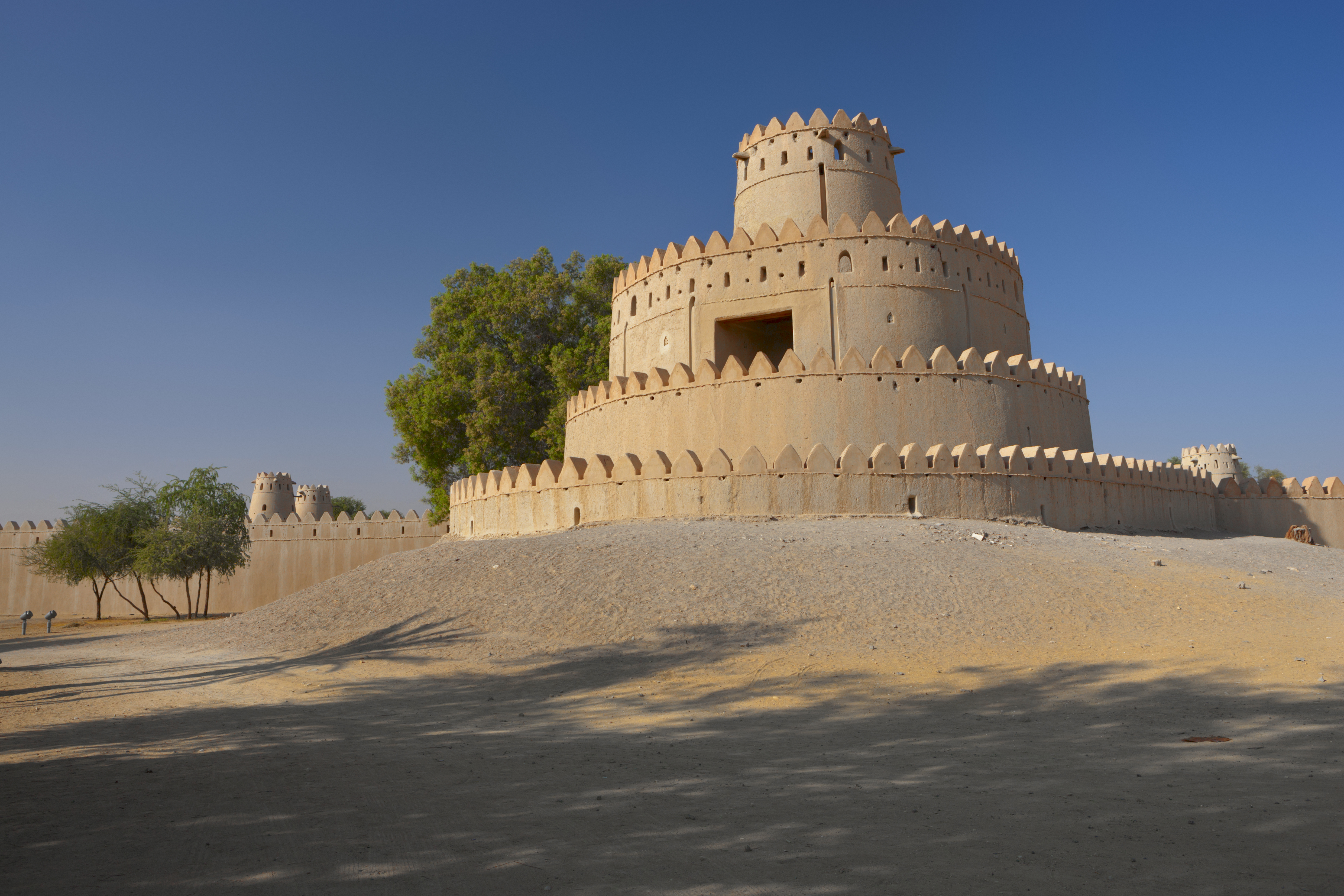
3. Mangroves Absorbing CO2 Emissions
Abu Dhabi’s extensive mangrove forests along its coastline do more than provide habitat for wildlife—they play a crucial role in combating climate change. Mangroves are highly efficient at absorbing carbon dioxide from the atmosphere, helping to offset the city’s carbon footprint. The preservation and expansion of these vital ecosystems not only protect the coastline but also contribute significantly to global environmental efforts.
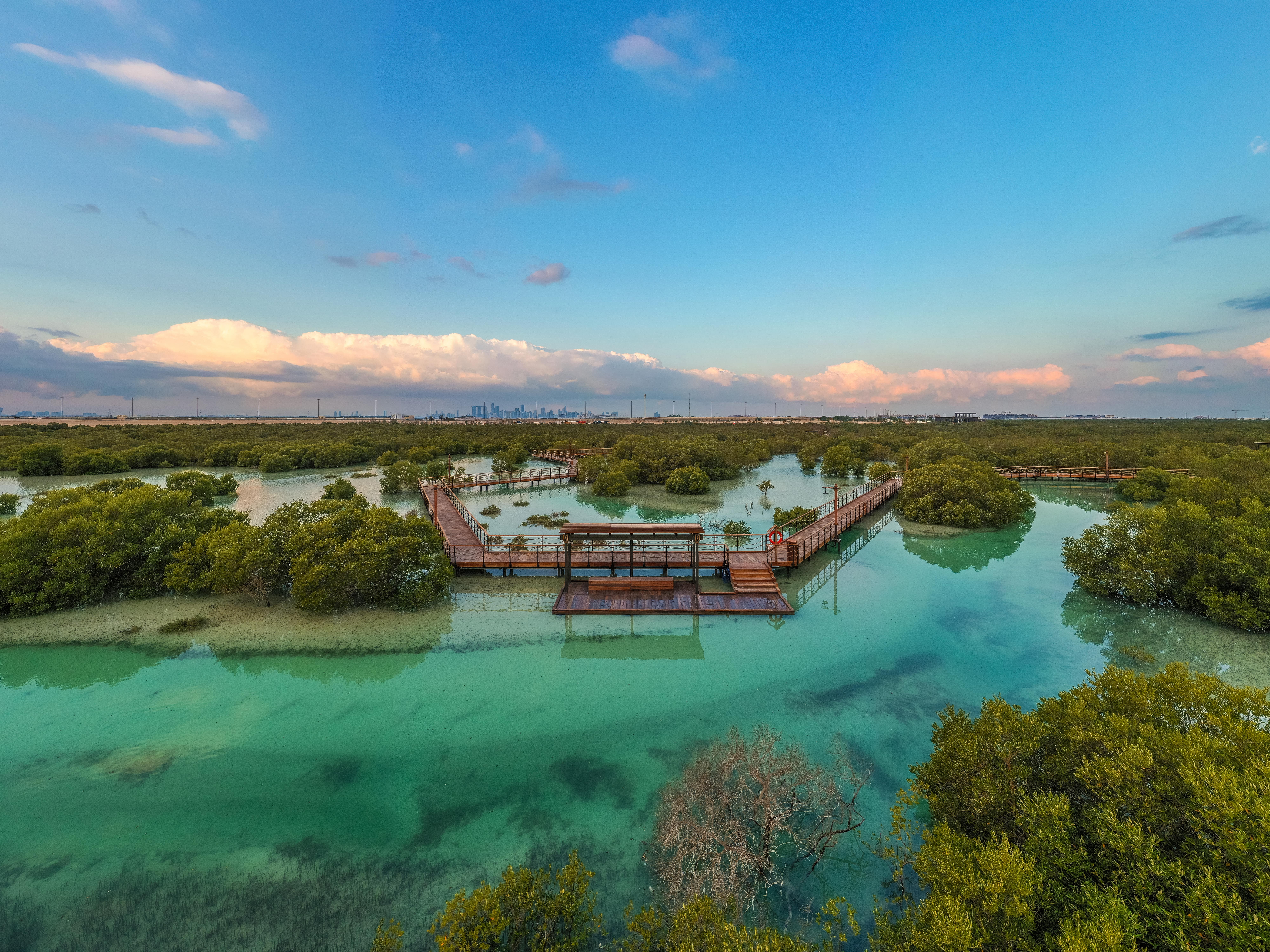
4. Movies Filmed in Abu Dhabi
Abu Dhabi’s stunning landscapes and futuristic architecture have made it a popular filming location for major Hollywood blockbusters. From the vast deserts of Star Wars: The Force Awakens and Dune, to the luxurious skyline featured in Furious 7 and Mission: Impossible – Fallout, the emirate offers a variety of backdrops. It has also hosted scenes from iconic productions like The Bold and the Beautiful and the high-octane stunts of Top Gear. The city's blend of tradition and modernity makes it an ideal location for filmmakers, putting Abu Dhabi on the global cinematic map.

5. You Can Find Mushrooms in the Desert
Surprisingly, certain types of edible mushrooms can be found growing in the deserts of Abu Dhabi. After rare winter rains, the moisture triggers the growth of desert fungi, which are sought after by local Bedouins. Known as desert truffles or fagga, these mushrooms are a hidden delicacy that thrive in the region's harsh environment, highlighting the resilience of nature in the Emirati desert.
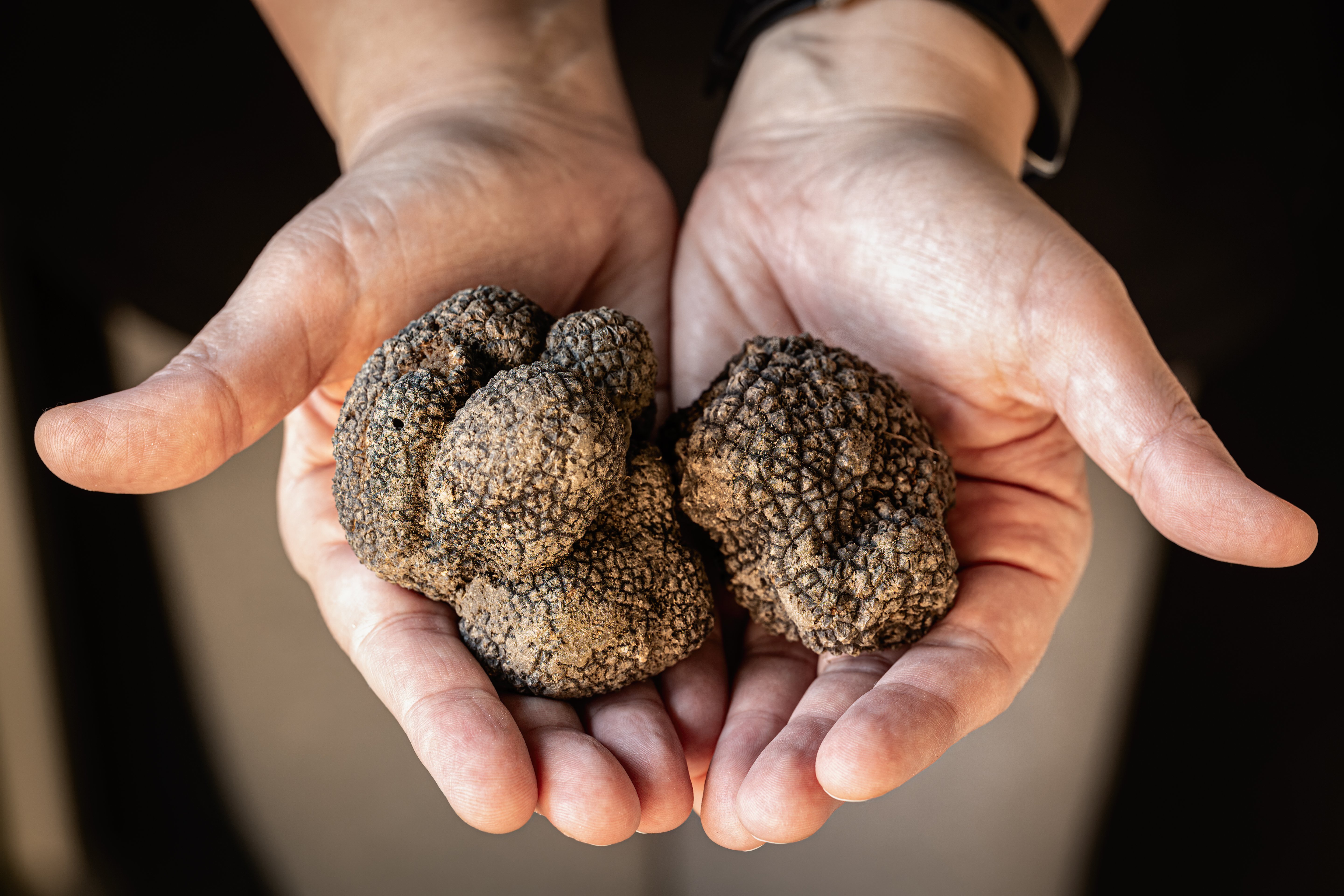
6. Sustainable urban community in Masdar City
Masdar City in Abu Dhabi is a pioneering example of sustainable urban development, designed to be one of the most eco-friendly cities in the world. Powered by renewable energy, including one of the largest solar panel installations in the Middle East, Masdar City is a car-free zone where electric vehicles and pedestrian-friendly streets dominate. The city employs cutting-edge technologies to reduce energy and water consumption, and its buildings are designed to maximise natural ventilation and minimise carbon emissions. With a focus on sustainability, innovation, and green living, Masdar City serves as a model for future urban planning in a world increasingly focused on environmental conservation.
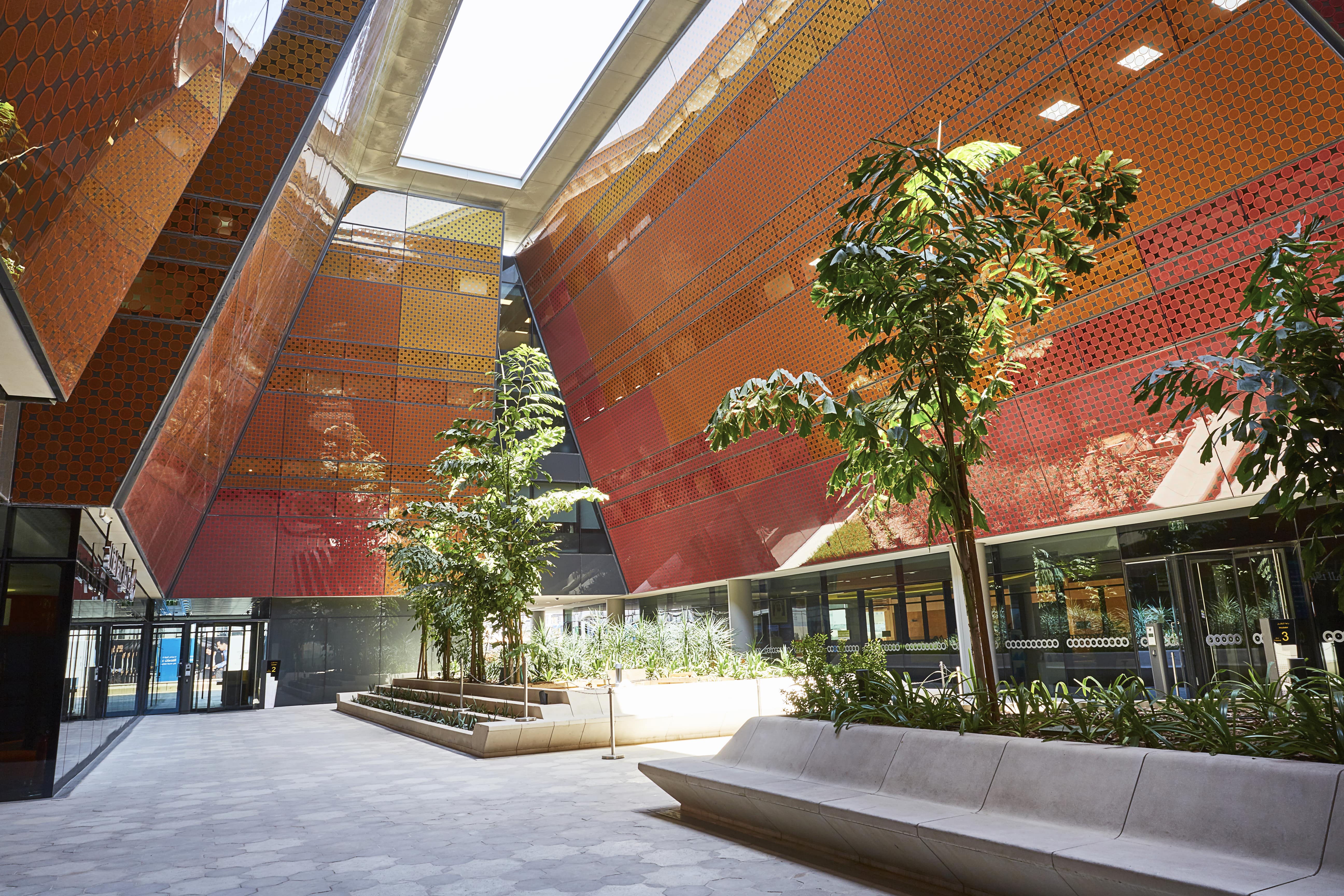
7. Jebel Hafit Tombs
The Jebel Hafit Tombs, located at the base of Jebel Hafit mountain near Al Ain, are ancient burial sites dating back over 5,000 years to the Bronze Age. These beehive-shaped tombs, made of stone, mark the beginning of the Hafit Period and provide insight into early human settlements in the UAE. Archaeological findings from the tombs, including pottery and copper artifacts, suggest the area was a key trading hub in ancient times. The Jebel Hafit Tombs are now part of a UNESCO World Heritage Site, preserving a significant piece of the region’s early history and culture.
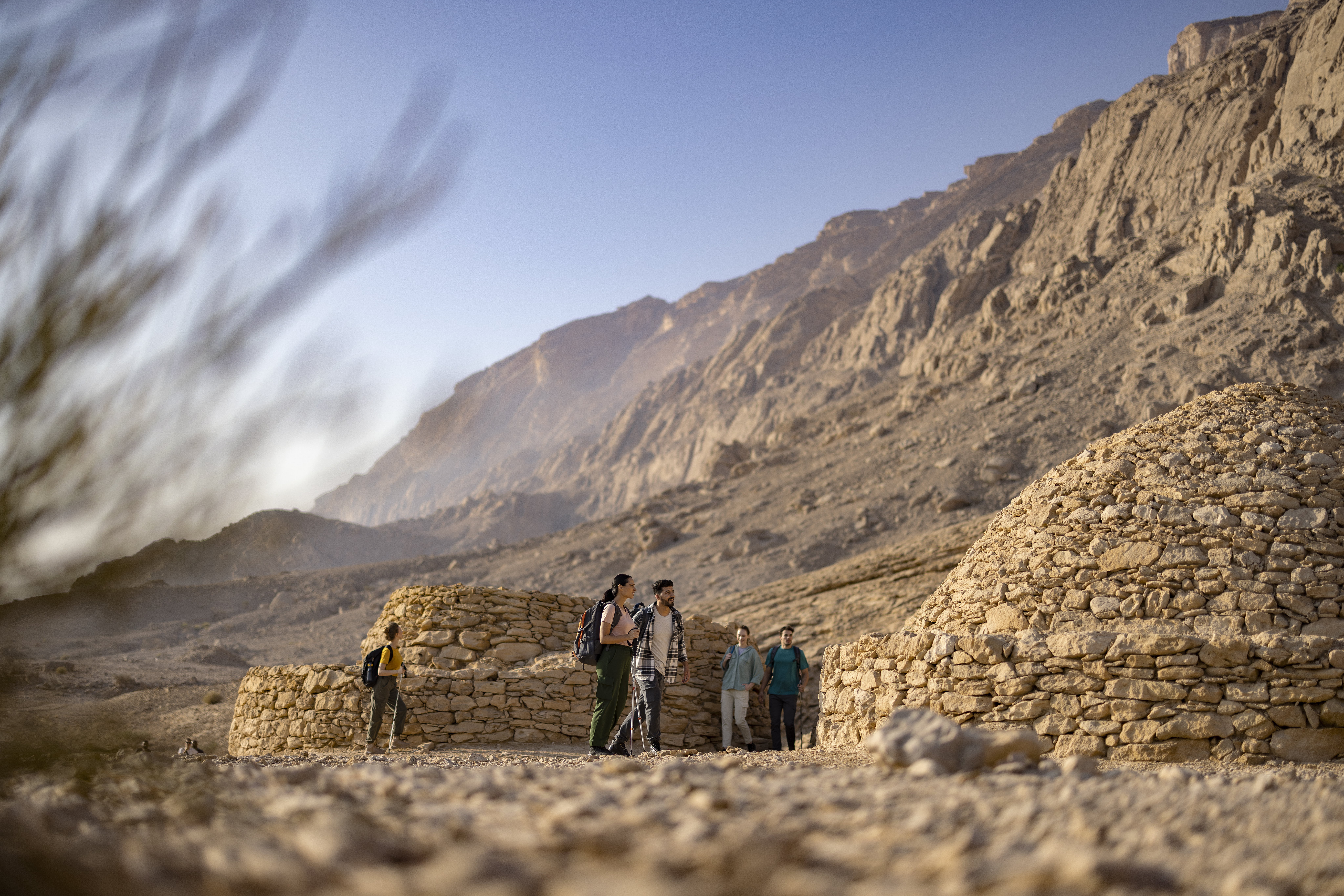
8. The oldest pearl in the world was discovered in Abu Dhabi
Abu Dhabi has a rich tradition of pearl diving, and the oldest known pearl in the world was discovered by archaeologists on Marawah Island in 2019. The Abu Dhabi Pearl dates to 5,800-5,600 BCE.
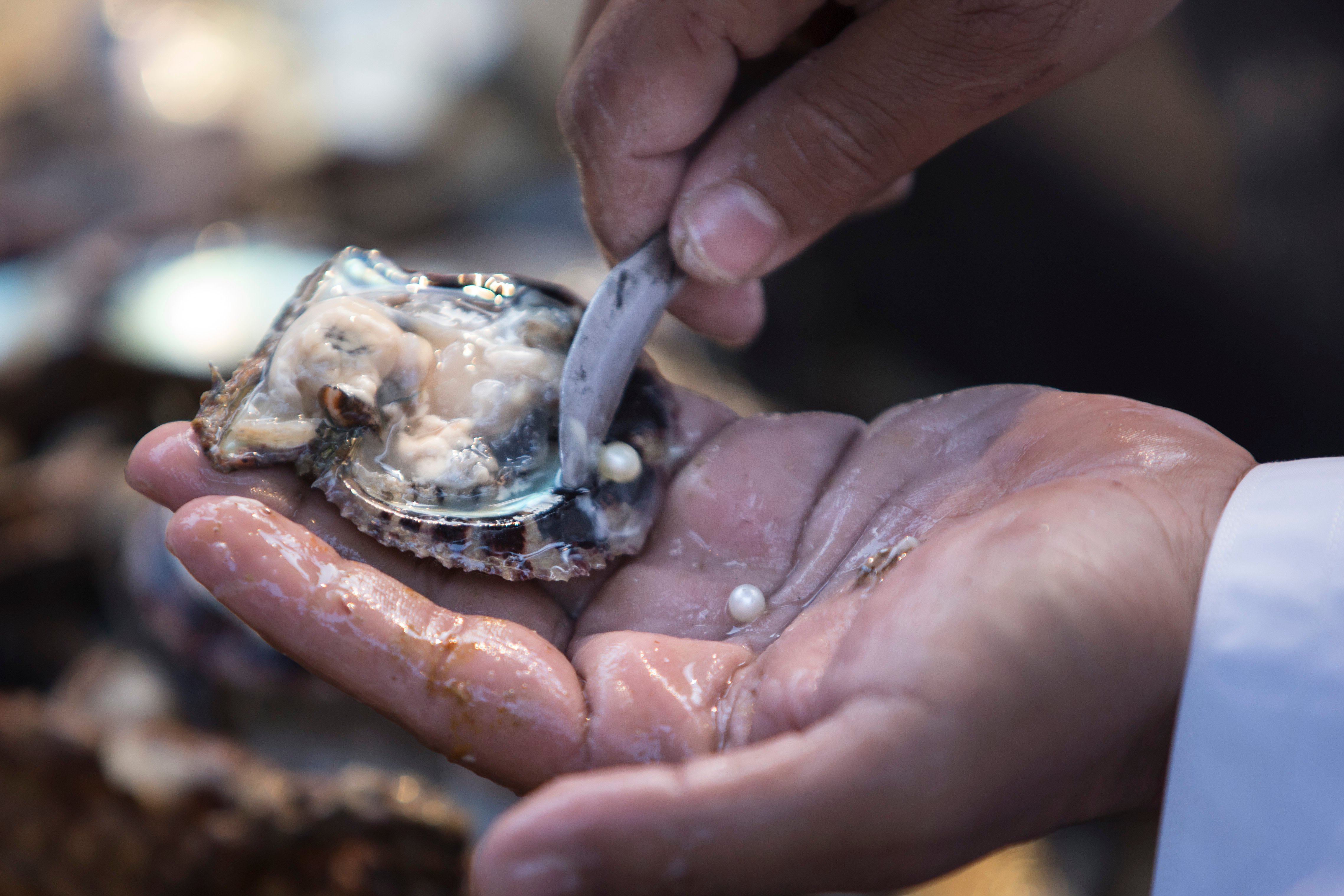
9. The largest solar power station in the world is in Abu Dhabi
The Shams Solar Power Station in Abu Dhabi’s Al Dhafra region has a 100 megawatts capacity and has been generating electricity for over 200,000 households in Abu Dhabi since its inception 10 years ago. To date, it has offset the production of 1.75 million tons of carbon.
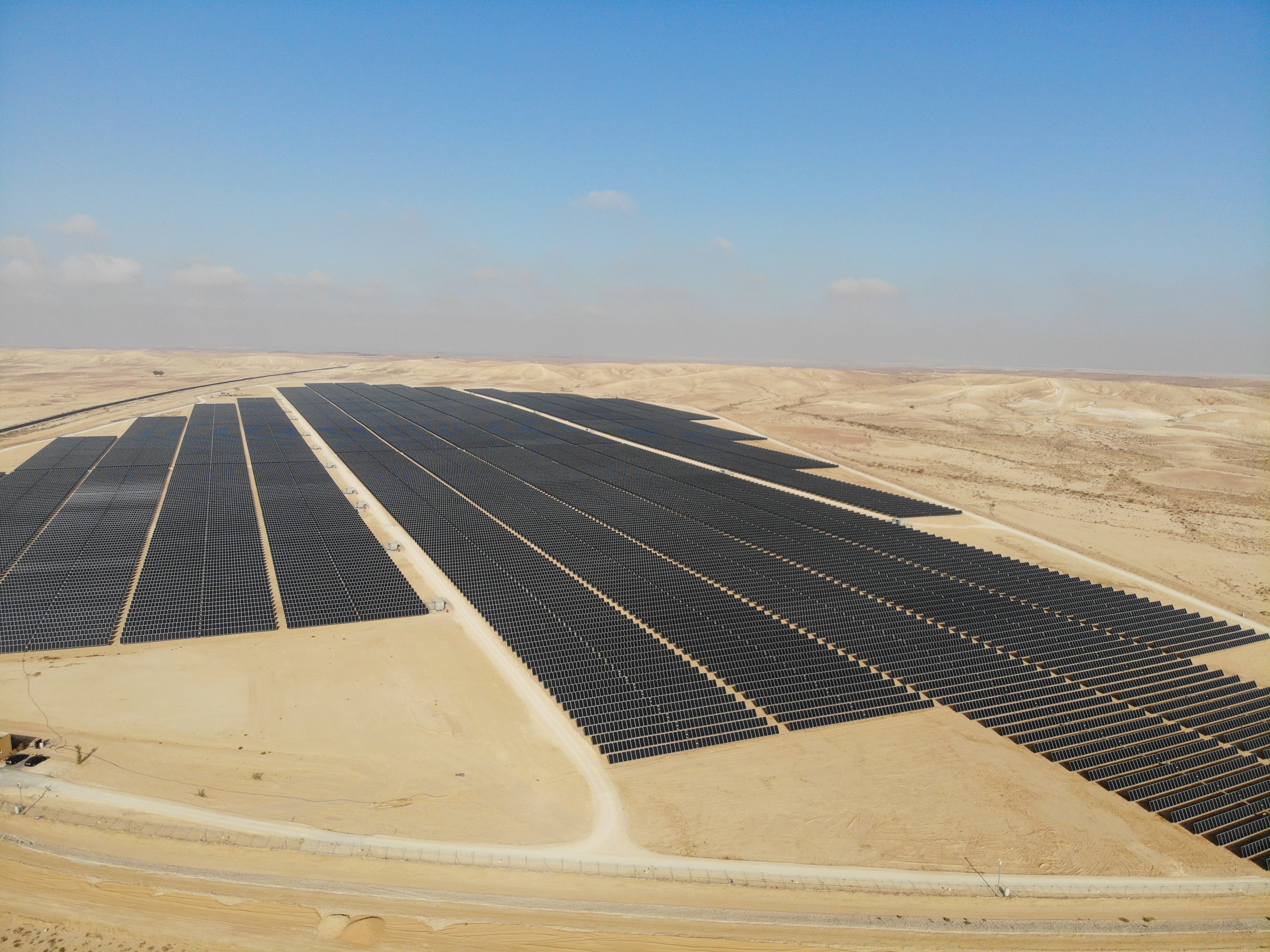
10. The safest city in the world
According to the Numbeo Crime Index 2023, Abu Dhabi is the safest city in the world to live in – a title it has held for 11 years running.
